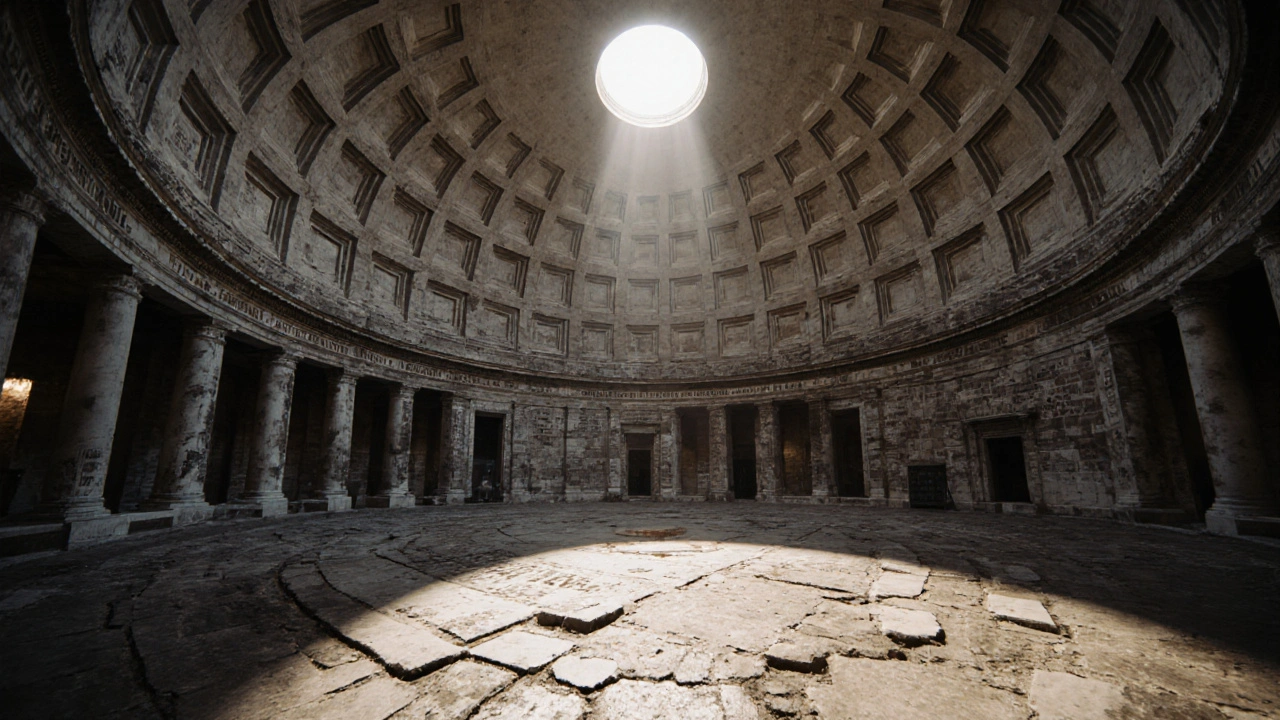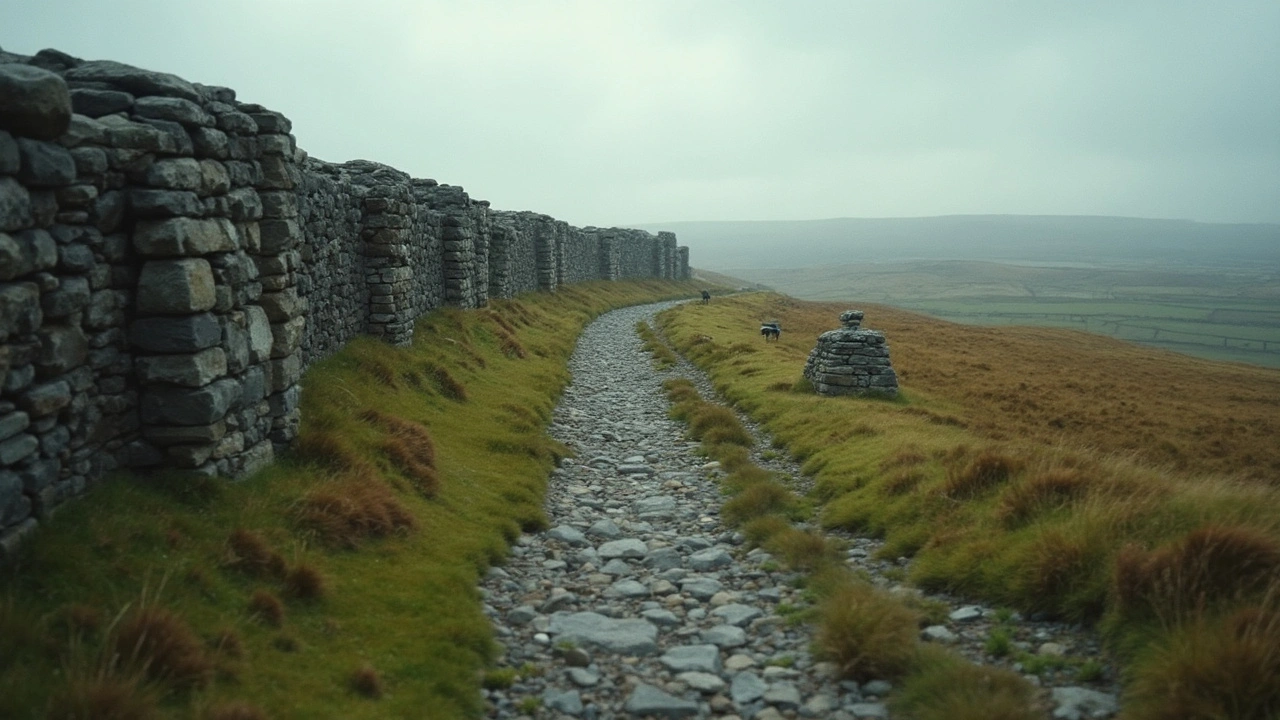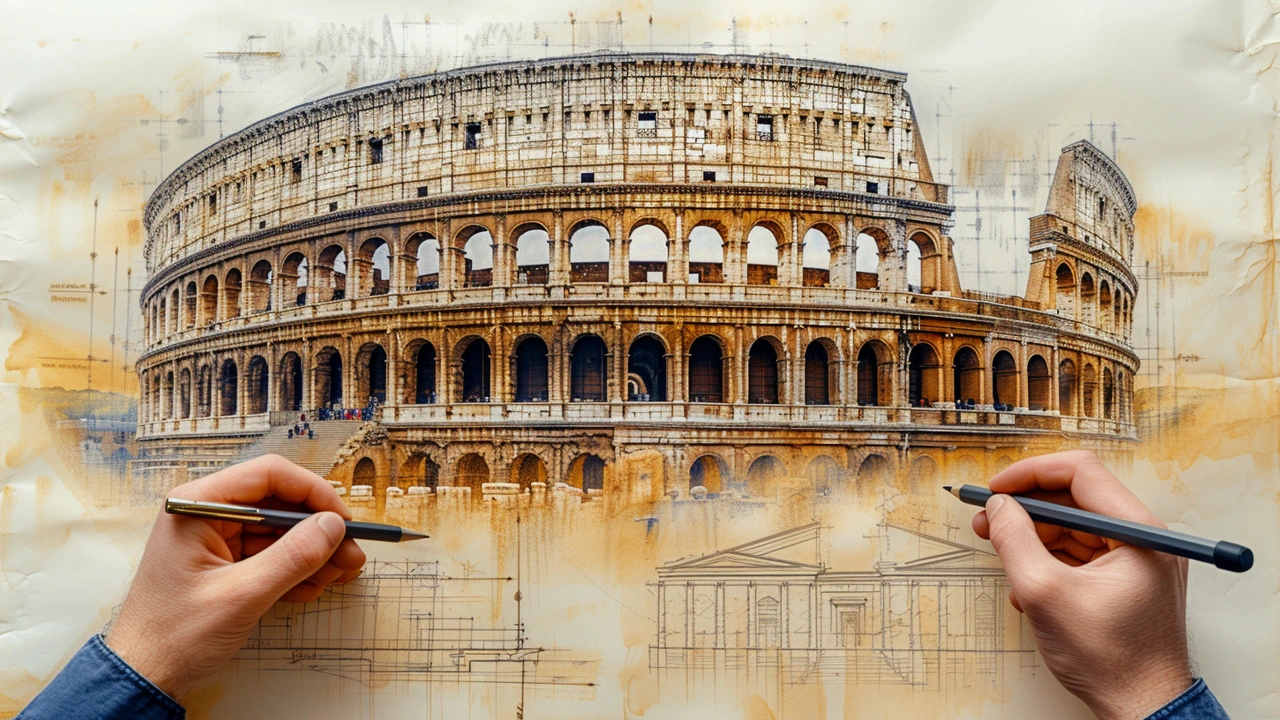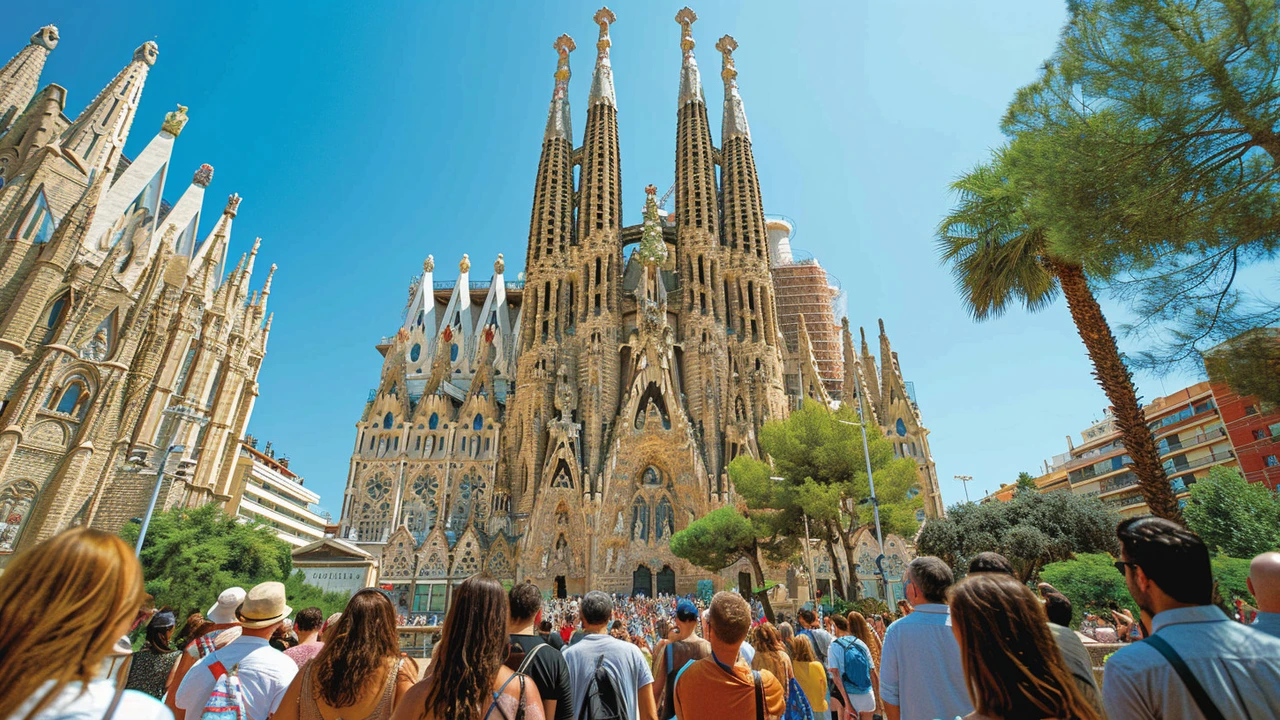History and Architecture — Byzantine, Roman & Gothic Revival
Ever notice how a dome or an arched window changes the whole feel of a place? History and architecture are tightly linked: styles tell stories about materials, technology, faith, and power. This page groups clear, useful guides on three major traditions you’ll see again and again.
Quick guides to the styles
Byzantine architecture: look for large central domes, rich mosaics, and compact, almost mystical interiors. The dome sitting on pendentives (those curved triangular supports) changed roof design across empires. If you want a concrete detail to spot, check for gold-tiled mosaics and layered brickwork—those are classic Byzantine signatures.
Ancient Roman architecture: Romans nailed durable engineering. Think arches, vaults, concrete, aqueducts, and public baths. The Pantheon’s unreinforced concrete dome and the Colosseum’s layered arches show how they mixed beauty and brute practicality. When you see repeating arches or massive vaulted spaces, you’re looking at Roman influence.
Gothic Revival architecture: a later echo of medieval Gothic, but adapted for modern life in the 18th–19th centuries. Pointed arches, decorative tracery, steep roofs, and vertical emphasis dominate. Unlike medieval cathedrals, Gothic Revival pops up in homes, universities, and civic buildings—watch for ornate stonework and tall windows split by delicate mullions.
How to read a building
Start with three quick questions: What’s the main roof shape? What’s the window style? What materials are visible? Those answers narrow down era and intent. Domes and mosaics point one way, arches and vaults another, and vertical pointed forms signal Gothic lines.
Notice construction details. Mortar texture, brick patterns, and column styles reveal technology and date. For example, Roman concrete often shows coarse aggregate; Byzantine brickwork layers thin bricks and mortar. Gothic Revival tends to use dressed stone with decorative carving.
Think function, not just form. Many Roman forms came from public needs—bridges, baths, theaters. Byzantine designs focused on sacred, intimate interiors. Gothic Revival mixed nostalgia with modern uses like schools and town halls. Asking why a building was made helps you read choices in design.
Want reading order? Start with our Byzantine piece to see mosaics and domes in context, then the Roman evolution article to trace engineering, and finish with the Gothic Revival post to spot how past styles return in new ways. Each article gives clear examples and photos to help you spot features on a walk or in a museum.
If you like travel tips, I point out must-see landmarks in the articles—Colosseum and Pantheon for Rome, key Byzantine churches for mosaics, and notable Gothic Revival sites in Britain and America. Use those as checkpoints when exploring cities.
Keep exploring this category to connect visual cues with historical reasons. Every building has clues; once you learn a few, you’ll start noticing patterns on your next walk or in photos.

Ancient Roman Architecture: How Rome Built an Empire with Stone and Concrete
Ancient Roman architecture revolutionized construction with concrete, arches, and aqueducts. Its innovations in engineering and urban design still shape buildings and cities today.
Read more
Ancient Roman Architecture: Power, Prestige, and Engineering That Built an Empire
How Rome used architecture to project power and solve real problems. Learn the tech, the symbols, and how to read Roman buildings in minutes.
Read more
Exploring Byzantine Architecture: Marvels of Historical Design
This article delves into the rich tapestry of Byzantine architecture, showcasing its unique features and significant influence on the world. It explores the intricate design elements, the profound symbolism embedded in its art and architecture, and how these structures have withstood the test of time. Readers will discover the iconic domes and elaborate mosaics that characterize this style, and understand the historical context that gave rise to such magnificent buildings.
Read more
The Evolution of Ancient Roman Architecture
Hi there! I'm absolutely thrilled to share with you, an intriguing journey through time, spotlighting the fascinating evolution of Ancient Roman architecture. We'll delve into the monumental structures from Republic to Imperial Rome, exploring how the architectural styles and construction techniques evolved over centuries. From majestic aqueducts to grandiose Colosseum, every building tells a story of Rome's historic progression. Join me as we step into the architectural past, appreciating the genius behind Rome's everlasting cityscape.
Read more
Revisiting the Landmarks of Ancient Roman Architecture
Hi scholars, history buffs, and everyone in between! I'm excited to take you along on a virtual journey, revisiting the landmarks of Ancient Roman Architecture. From the majestic Colosseum to the awe-inspiring Pantheon, we will uncover the stories these structures whisper to us from ages past. We'll step back in time, marvelling at the architectural genius of the Romans, and appreciate the stability and endurance of these historic edifices. Brace yourselves for an immersive dive into the world of ancient architecture that has shaped the world as we know it!
Read more
The Evolution of Gothic Revival Architecture Through the Ages
Oh, darling, let's embark on a thrilling rollercoaster ride through the ages of Gothic Revival Architecture! Imagine this: we start with the medieval times where it all began, with those awe-inspiring cathedrals and castles, oozing drama and grandeur. Then zoom ahead to the 18th and 19th centuries, when, like a phoenix, Gothic Revival resurfaces, redesigned by architects with a nostalgic yearning for the past. It's around this time that we start seeing this style pop up in universities, homes, and even government buildings. What a journey, right? So buckle up, architecture enthusiasts, because the evolution of Gothic Revival is as captivating as the latest season of your favorite binge-worthy show!
Read more